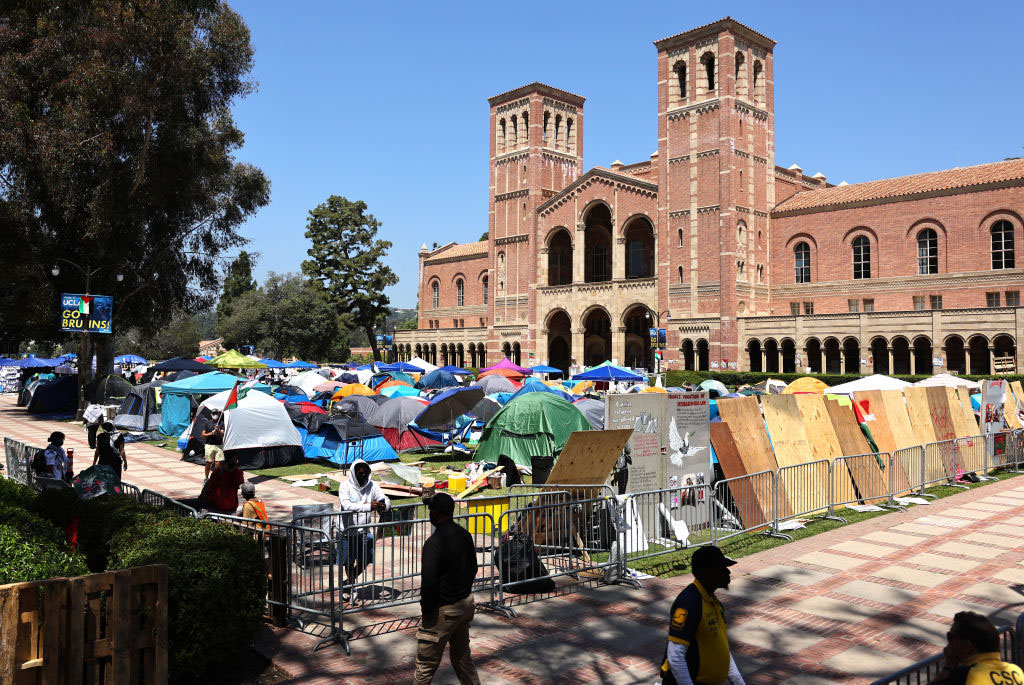Like the grand finale culminating a fireworks show, something grand occurs in the synagogue’s sanctuary at the end of Yom Kippur.
After 24 hours, a full day of fasting, praying, reciting poetry and absorbing scriptural readings, our souls have immersed in the flow of a day of spirit. Like angels, we dress in white, refrain from eating or attending to bodily needs. And like angels, we seek to soar upward, aided by our renewed sense of authenticity, purified from the distractions and dirt of daily life. The culmination of this packed day — filled with more mitzvot than any other 24-hour stretch during the year, crammed with ample time for reflection, contemplation and honest self-scrutiny — asks for something noble to drive home its message.
The uncertainty
Neilah delivers that grandeur, in music that is a hit parade of the High Holy Days Top 10, asking us to stand throughout the entire final service, ark open, all eyes forward, and with a culmination of responsive back-and-forth liturgy between cantor and congregation, culminating in the final blasts of the shofar.
Small wonder that as the noise crescendos and then finally tapers away, we have the sense of being at a rally, at a crop harvest or the final paces of a marathon. We’re sweaty, tired and hungry but champions of the spirit.
Again and again, our liturgy suggests the image of gates closing. We rush to squeeze through, but the gates are closing. Which gates? The gates to our hearts, cracked open by the time of intense prayer and introspection? The gates of God’s compassion, eager to welcome us home? The gates of heaven, inviting weary pilgrims to return? Perhaps even the gates of evening, as the setting sun meets a darkening firmament?
Or maybe the gates refer to a time limit. Isn’t part of what is special about Yom Kippur is that it is a time of particular promise for repentance, for changing our ways, for remapping our journey toward a more worthy destination? If so, then the gates closing refers to the time yet available for us to repent.
The gates: when and where
It turns out that the liturgy doesn’t help us resolve this ambiguity. “Where” are those gates: inside our hearts? In God’s ample love? At heaven’s door? We never step outside the spatial metaphors to specify where those gates are. The choreography of keeping the Ark open throughout the Neilah services offers a visual that the gates that are closing are literally just before our eyes: the gates of Torah.
But that “where” is never nailed down, never specified. And we don’t identify the “when” of our gates, either: The end of services? The end of Yom Kippur?
For us, the bigger paradox is that the very tradition that is rushing us to repent while there’s still time is unambiguous in holding that God always welcomes the sinner, is always eager for us to turn in repentance. There is never a time when God’s love is not greater than our shortcomings; never a time when God is too fatigued by our presence that we are not welcome to return. But if God always is eager to receive the sinner in repentance, then what’s the rush? Why do we feel pushed to hasten our process to coincide with the conclusion of Yom Kippur?
Unspecified gates in multiple time frames hardly sounds like a recipe for spiritual growth. Yet it turns out that precisely in this uncertain swirl of multiple possibilities and shifting occasions is precisely where human transformation becomes possible.
Through paradox to growth
Were we to operate only with the assumption that repentance is always available, then we would never be motivated to actually change at a particular instance. Just as knowledge of our certain mortality infuses our life with a need to seize the day, so does the push of Yom Kippur as a time particularly favorable to teshuvah inspire us to more focused contemplation than a more open-ended process would.
But if all we had was a sense that we must repent today, before the end of the day, then repentance is paralyzed by the ticking of the clock, by the desperation inspired by time running out. It is precisely the paradoxical balance of an open-ended process joining hands with a particularly favorable moment that makes forward movement happen.
Similarly, were our tradition to limit the gates to one, then so many other portals would be closed to us. The gate of Torah is precious and vital, but not the only door we pass through. We turn, in different moments of our lives, to different openings: family, marriage, children, professional training and practice, spiritual discipline, pursuit of justice, to name a few. Each of these gates manifests the ways that the cosmos creates new possibilities for us, shows different ways that the sacred lures us toward our own optimal greatness. The gates must be specified, but not limited. There, too, it is precisely the paradox that allows us to squeeze ourselves through, self-surpassing as is our God.
Rabbi Bradley Shavit Artson holds the Abner and Roslyn Goldstine Dean’s Chair at Ziegler School of Rabbinic Studies and is vice president at American Jewish University.























 More news and opinions than at a Shabbat dinner, right in your inbox.
More news and opinions than at a Shabbat dinner, right in your inbox.